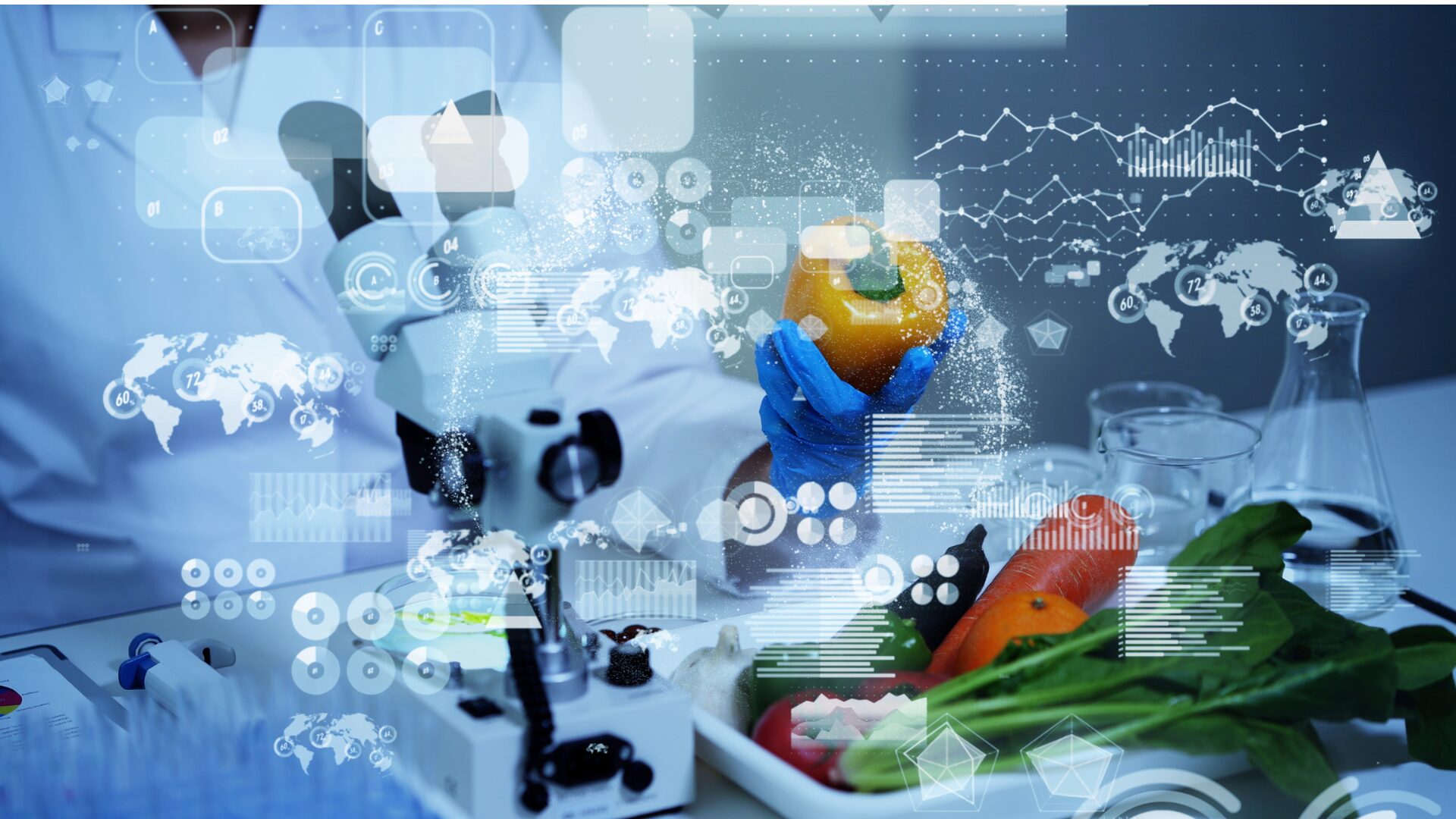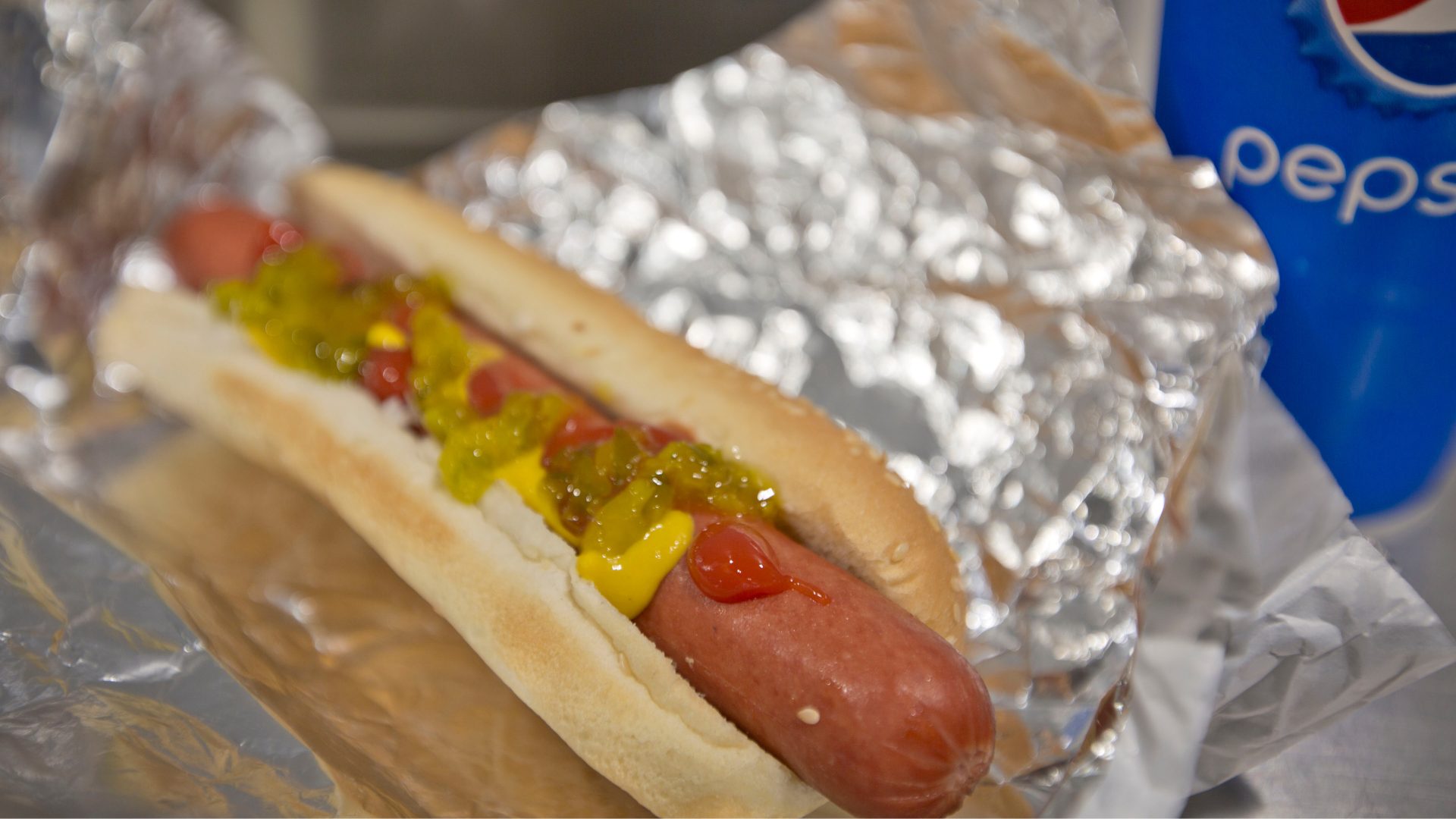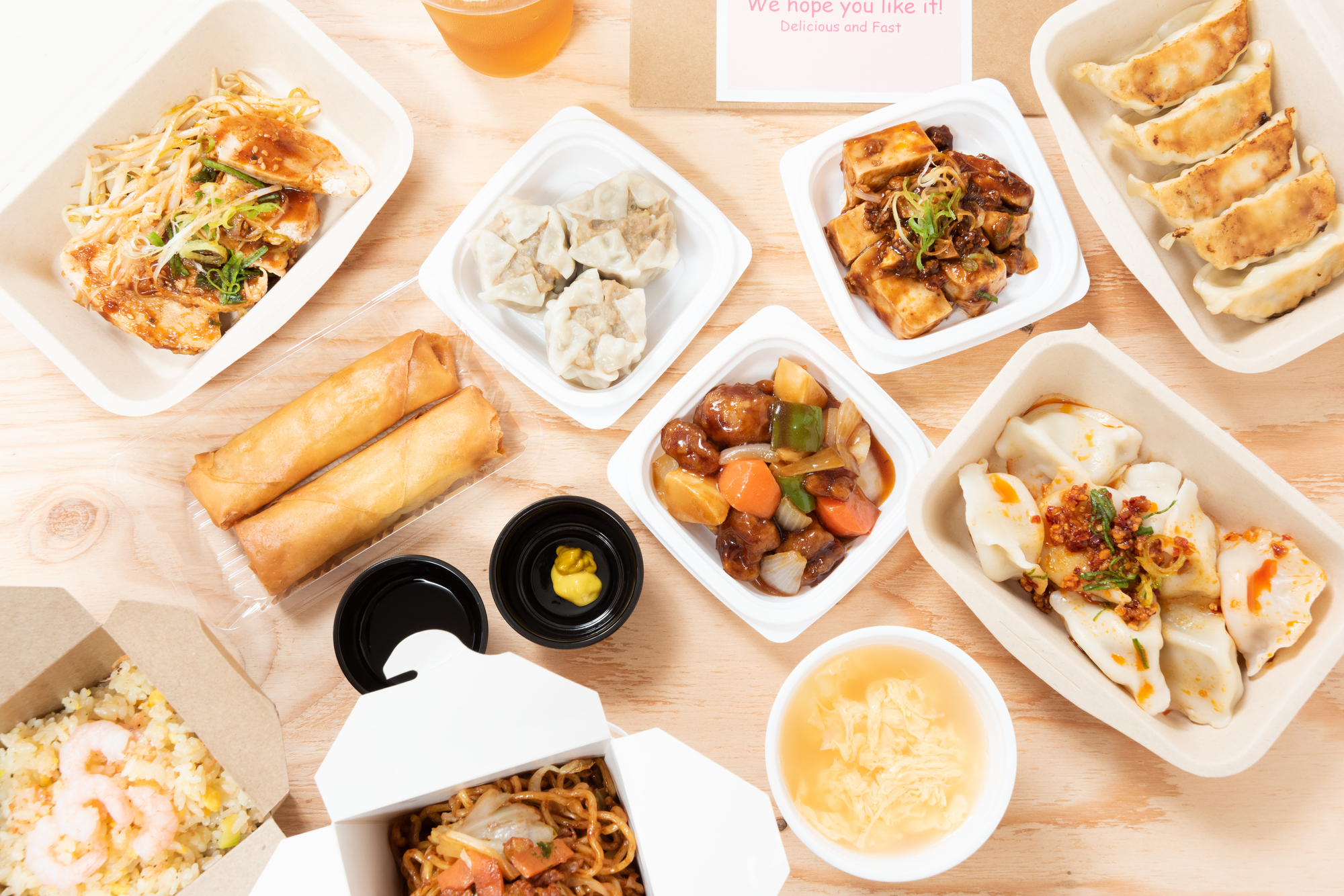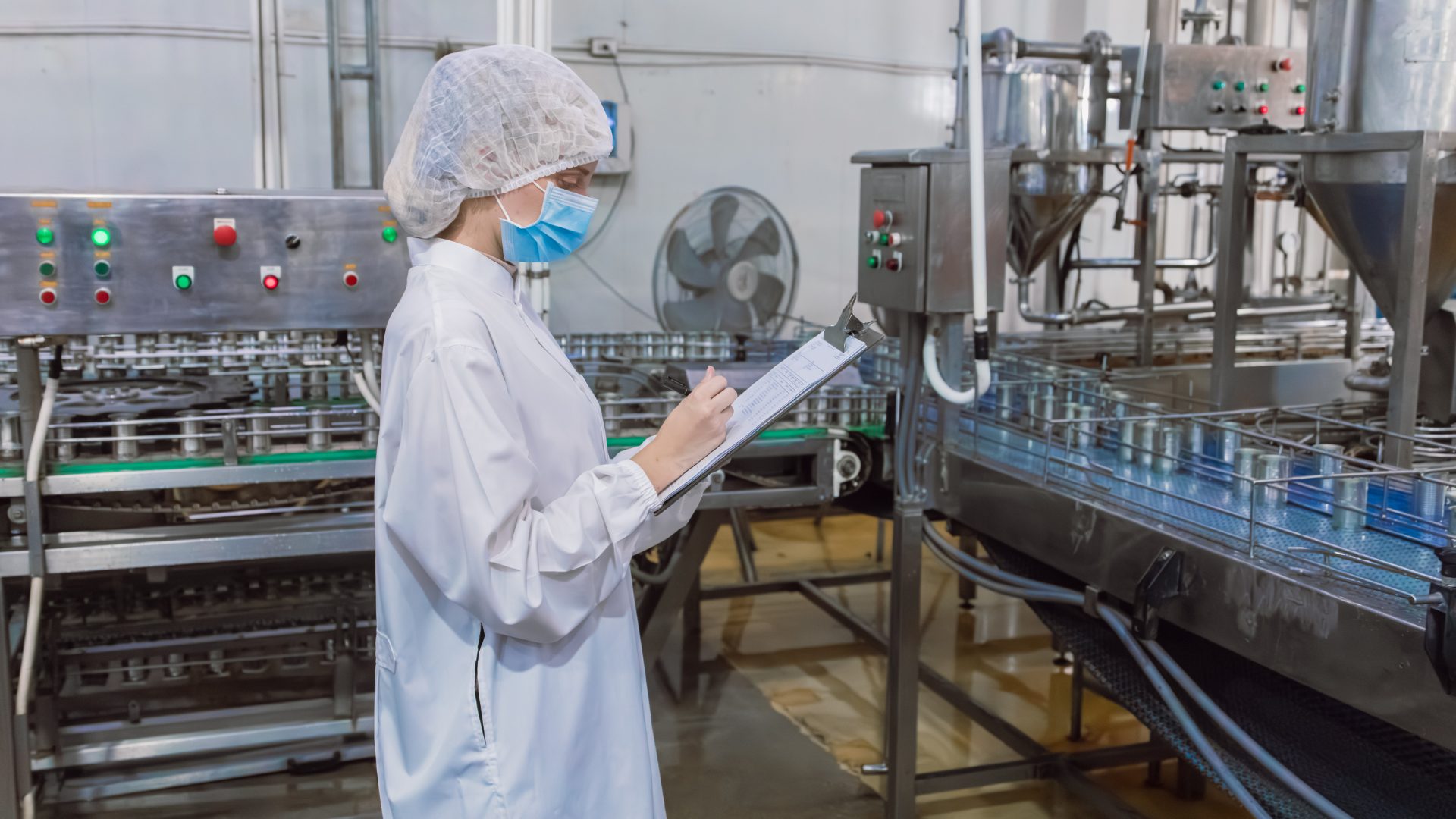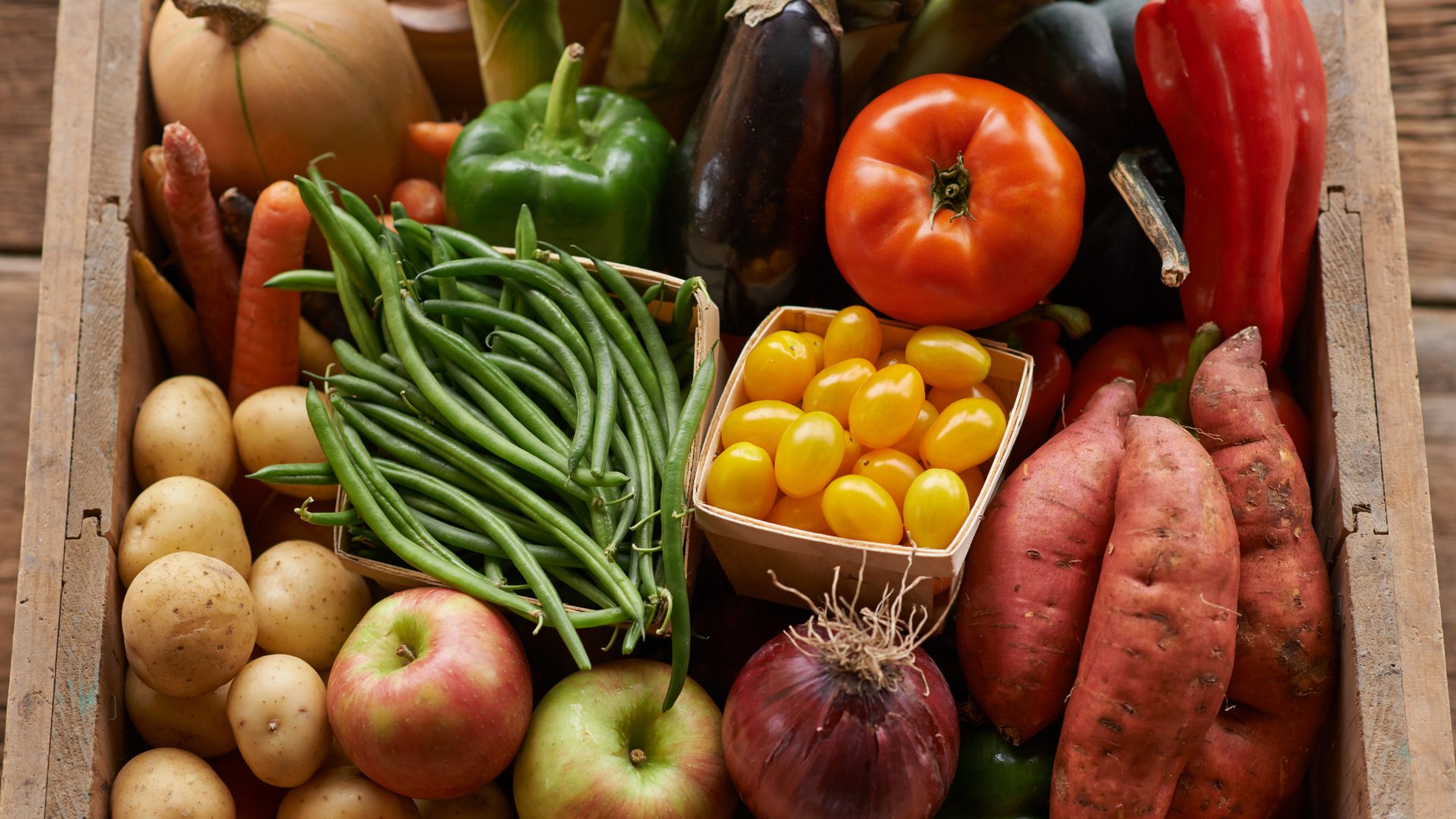At the outset of a new year, the food and beverage industry stands at a pivotal juncture, during which technology, sustainability, and shifting consumer values converge to redefine our culinary landscape.
The year 2024 demonstrated that innovation in food transcends problem-solving; it’s about posing new questions and envisioning unprecedented possibilities.
One of the most transformative advancements, of course, has been the integration of artificial intelligence into culinary innovation. AI has evolved into a silent collaborator, reshaping product development by generating novel flavor profiles and enabling personalized nutrition solutions. For instance, Shiru, a tech-bio startup, launched ProteinDiscovery.ai in May 2024, an AI-driven platform that allows food scientists to discover and utilize naturally occurring proteins to enhance the taste and texture of products.
However, as we celebrate these tech breakthroughs, we must reflect: How do we ensure that AI enhances human creativity rather than replacing it?
The challenge lies in maintaining the delicate balance between AI assistance and the irreplaceable human touch that defines culinary artistry.
Sustainability Top of Mind
Sustainability has spurred an intensified urgency within the food industry at large. Climate change has led to failing crops and volatile supply chains, prompting a critical examination of our food systems. Innovations such as lab-grown meats and vertical farming have transitioned from novelties to necessities.
As a result, companies like Gourmey have developed products like cultivated foie gras, offering a sustainable alternative to traditional production methods, gaining attention from renowned chefs and consumers alike.
The rise of functional foods in 2024 underscored the personal nature of food innovation. Consumers are increasingly seeking foods that offer benefits beyond basic nutrition, linking eating with well-being. Ingredients like adaptogens for stress relief and prebiotics for gut health have become symbols of a cultural shift towards holistic living.
2025 Forecast
Looking ahead to 2025, the intersection of tradition and innovation will become even more pronounced. Consumers are not only hungry for new flavors but also for meaningful experiences that connect them to stories and cultures.
The resurgence of heritage cuisines and fusion dishes that bridge cultures serve as reminders that, even amidst innovation, food remains a vessel for identity and connection.
As we navigate these complex dynamics, a pressing question emerges: Can the food industry innovate without losing its soul? For every technological breakthrough, there must be a concerted effort to preserve the humanity of eating – the rituals and the communal bonds it fosters.
The future of food will be characterized by a tension between progress and preservation, convenience and authenticity, the present and the future. This tension should not be viewed as a dilemma but as a catalyst for creativity.
As we enter 2025, we can embrace this uncertainty as an opportunity to question, reflect, and innovate with purpose. The food we create today does more than fill plates; it shapes cultures, communities, and futures. In this truth lies the ultimate challenge – and promise – of innovation in the food industry.
About the author: Ivonne Kinser previously served as the head of marketing and innovation for Avocados From Mexico for nearly a decade and in 2023 founded Vantage Creative, a marketing innovation lab.
The Food Institute Podcast
Is it possible to balance a legacy brand and innovative ideas for a food company? Bibie Wu, chief communications and technical development officer with Del Monte, shares how her company respects its past while looking to the future, and how her dual roles in marketing and product development inform each other and improve the company.


